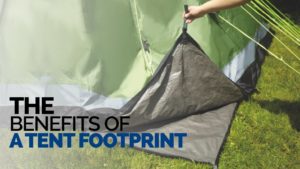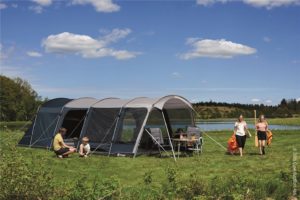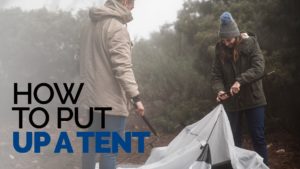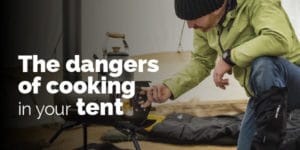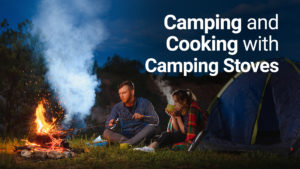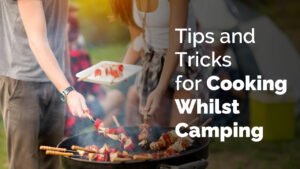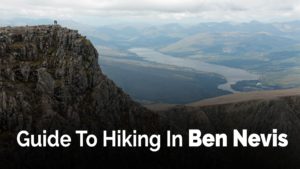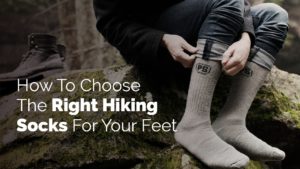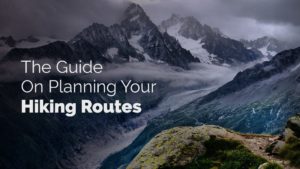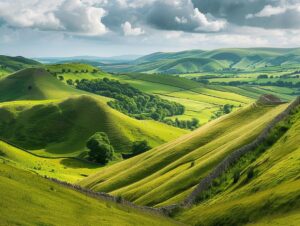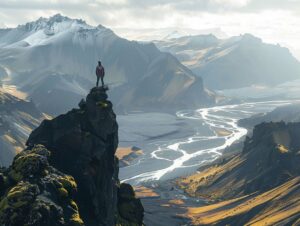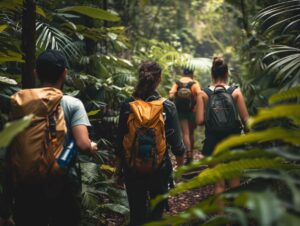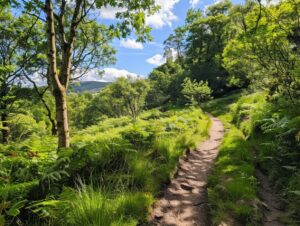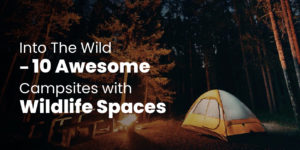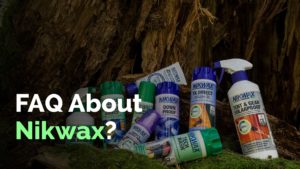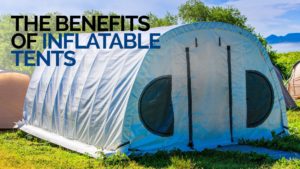
If you are heading over the US to do some hiking and camping, its slightly different to here in the UK. There are a lot less official camping sites (known as camping grounds) and more what we call ‘Wild Camping’.
Before we get into how to find a good camping spot, its important to understand the type of ground you are camping on and to be more specific, who owns / controls the land.
While each state varies so please do check, here is a handy guide.
For the average hiker, choosing the campsite is usually the last part of their journey such as when they get tired or if they stumbled upon a flat open area.
However, for those who seek better sleep in the woods, there are many more important factors that one should take into account when choosing their resting spot.
Type's of Land
Park Service Land
In National Parks you almost always need a permit to camp outside the official campground, the rules vary for National Monuments, but you often need a permit as well.
Forest Service and BLM Land
The general rule is that you can pitch camp anywhere you want unless it is posted otherwise. In very popular areas you may be limited to official campgrounds or campsites so. it worth checking, but outside of poplar area’s follow our guidelines below.
State Lands, Indian Reservations
Generally, you can only camp in official campgrounds but rules definitely vary on state lands and in State parks.
On Indian Reservations you’re not technically allowed to camp anywhere except designated campsites.
On some vast reservations like the Navajo you might be allowed to ‘wild camp’ in the area, so long as you don’t disturb anyone, but it’s not a guarantee, so don’t count on it. You might be told to pack up and get out at any time so be prepared for it.
Camping on private land
This is is definitely a no-no, unless you are invited or get permission first. It seem’s obvious but we wanted to cover it. Much in the same way here in the UK you can’t camp on someone’s land without their permission you can’t do the same in the states
So how do you know what kind of land you're on?
Its almost always posted when you turn off the highway.
More importantly, it’s pretty easy to find detailed maps that show back roads and land management areas.
So plan ahead, get a local map and do you research, but if you are still in doubt ask when you arrive. The local’s will more than likely know the answer. If you don’t want to wait till you arrive, as in Facebook groups to see if any local’s can help you.
Ok, so you have found where you want to camp, and are allowed to camp in the area, but how do you decide upon where to exactly pitch your tent.
These are our trusted guidelines.
Guide for the perfect campsite
Find a body of water
Always look out for a good spot near the water if you are looking to settle down about 200 feet away from the shore.
Also, make sure that it isn’t a flood-prone zone as we’re sure you would not enjoy spending the night ankle deep in cold water.
Some advantages of staying near the water is that animals are usually attracted to the location and if you are up for some fishing, reeling in some fish from the shore is always a tasty option.
Find an area with a lot of trees
Not only will the view look great, but having a thick wall of trees will also prevent the wind from blowing out your campfire while cooking.
For those who are camping in cold climates, having trees will also help prevent the chill from swirling into your camp.
Find flat ground
It is always easier to pitch a tent on flat ground and take care to avoid any dips in the ground or camping at the bottom of a hill.
During rainy conditions, water can easily gather, soaking through your campsite.
Avoid game trails
Game trails are paths that are frequently taken by animals and people.
Setting up a campsite on them would be like setting up on a footpath or pavement, blocking their route.
So take care to avoid any of these trails.
Look for firewood
One advantage of situating near available firewood is that you don’t have to trek long distances just to set up your campfire.
Always make sure that there is a good amount near you.
Check the ground around you, if its too dry please don’t start a campfire as it could lead to a wild fire.
Avoid tree hazards
While trees can help to block the wind, some trees can also cause more harm than help.
Avoid any trees that are dead or dangling in precarious positions.
A little gust of wind during the night, and they can topple over, destroying the camp.
Consider the wind
Make sure to position your tent upwind from the campfire you made.
You wouldn’t want the wind blowing the smoke from your cooking right into your tent, don’t you?
The four W’s method
A good way to remember all the key factors of a good campsite is to keep in mind all the four Ws (wind, water, wood, and widow makers).
Wind
Usually, when people set up a campsite, they find a large open area without taking into account shelter from the wind.
For those who intend to start a fire and do some cooking, the wind plays a very large role in whether you end the night with a successful dinner.
Setting up camp near thick dense trees is one way to block the wind out of your camp.
In addition, strong winds can ruin the camp experience if you have to constantly fight it, which beats the purpose of relaxing and having a good time.
Tents and hammocks may even be blown away if the wind is strong enough.
It is also important to figure out the direction of the wind current.
Always make sure that the tent itself is upwind from the campfire; the wind has to blow fire and smoke away from your tent, not towards it.
Not only will this keep the air smoke-free, but it also avoids a potential fire hazard in the campsite.
Water
While water can be a great resource when it comes to camping, it can also turn into danger in the right conditions.
Avoid areas that are prone to floods by looking out for dried mud and a lack of plant-life on the ground.
During rainy days, certain areas are susceptible to flash floods and rising water levels from the nearby body of water.
Ideally, you would want to be near water, but not too close; close enough that it is convenient to walk over for any of your water needs.
In addition, avoid still water sources as they can serve as breeding grounds for mosquitoes and other types of insects.
Not to mention, some animals may pay a visit.
Wood
Look out for dead standing trees.
These are trees that have died but haven’t fallen over yet or are held in place by other trees.
In the right conditions such as strong winds, this can be the final push for dead trees to fall over.
Not only can this immediately destroy the camp, but it also becomes a matter of life and death.
So be incredibly careful when choosing your trees as well.
Especially for those camping in cold climates, accessibility to firewood is another important factor.
It shouldn’t be too far away where it takes a lot of effort to bring to the campfire and abundant enough that it can last you for the duration that you are camping there.
Widow makers
Similar to dead standing trees, widow-makers are large pieces of loose branches that have fallen off a tree but are held in place by other branches and trees.
All it takes is a good gust of wind to toss them out and onto the ground, which can be an incredibly dangerous thing to happen.
Ideally, it is nice to camp near trees, but not directly under them.
Take care to properly inspect the area before you pitch your tent.
Safety is always the most important thing to note when you are out alone in the woods.
Conclusion
So if you are planning to travel to the USA and plan on doing some camping, I hope this article has given you a guide to camping safely.
While camping is always a fun and spontaneous activity, as you are out in the wild, it is always important to put safety first.
Nobody wants to spend the time repairing the damage inflicted onto a bad campsite nor get injured while in the woods.
Put safety first and you can have heaps of fun later!
Share:
By submitting your email address, you are agreeing to receive marketing emails from theexpertcamper.co.uk.
We’ll never share your email address and you can unsubscribe at any time. Privacy policy
Related Posts
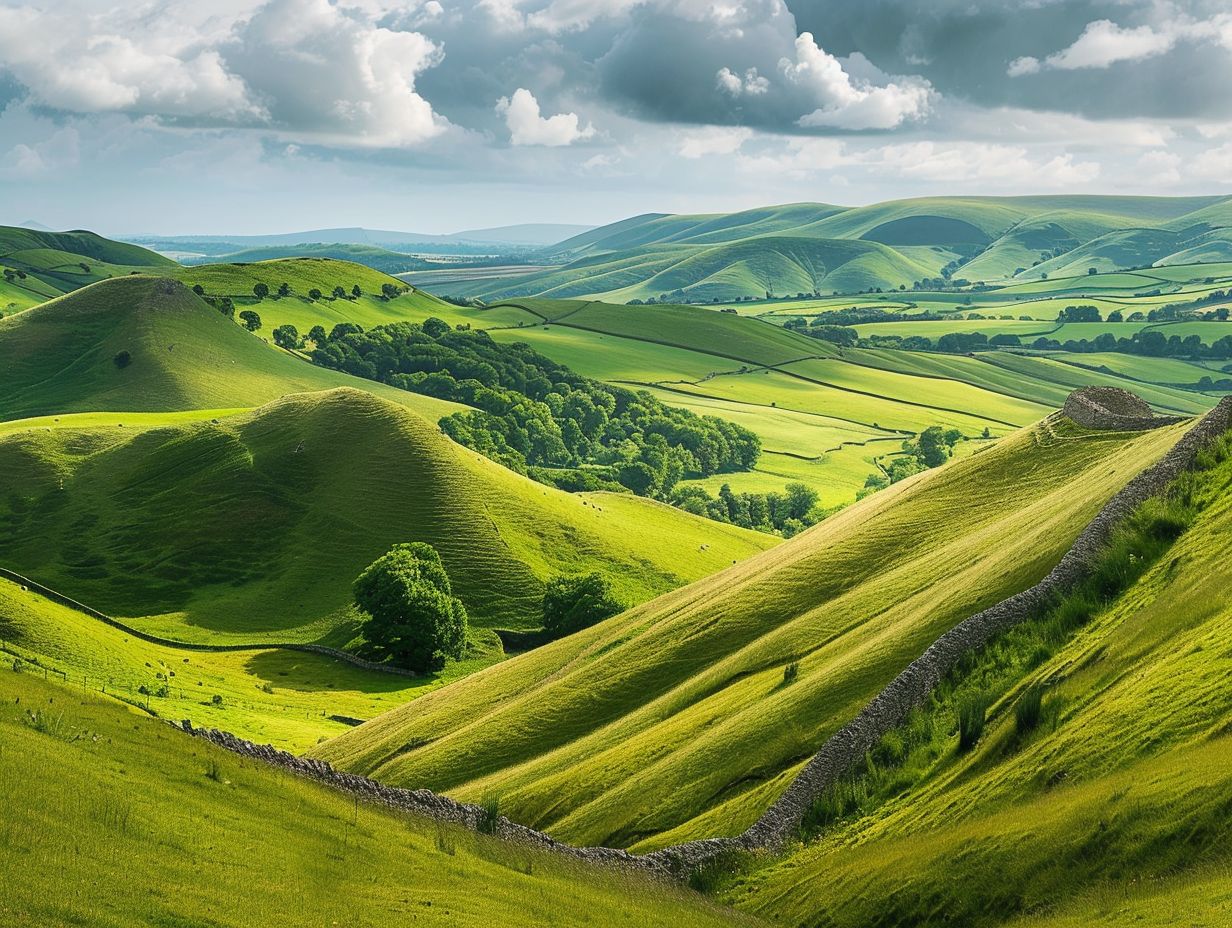
A Seasonal Guide To Hiking In The Peak District
Are you ready to lace up your hiking boots and explore the stunning landscapes of the Peak District? This seasonal guide will take you through
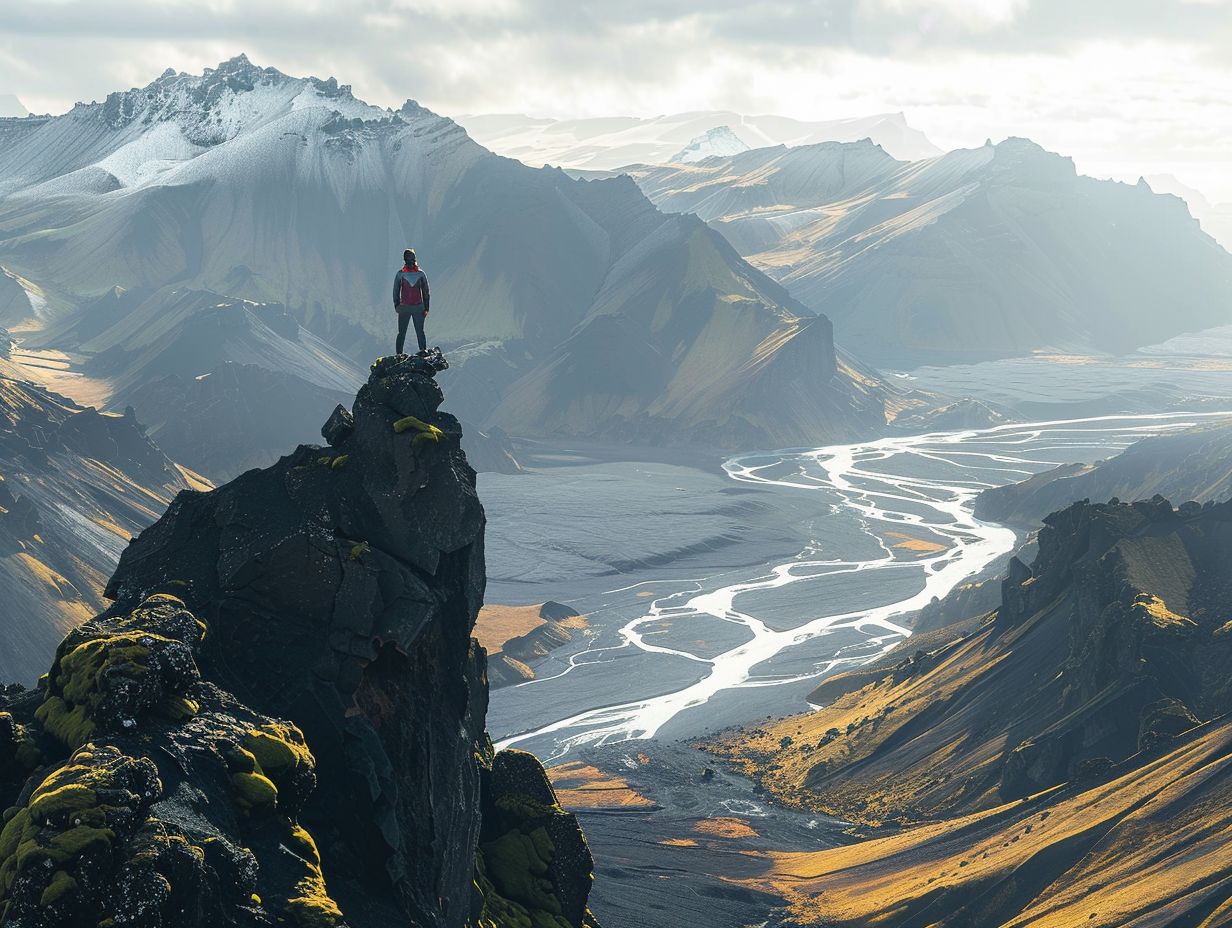
Hiking Challenges Preparing For Your First Ultrahike
Are you ready to take your hiking adventures to the next level? Ultra-hiking offers a unique combination of physical and mental challenges, breathtaking scenery, and
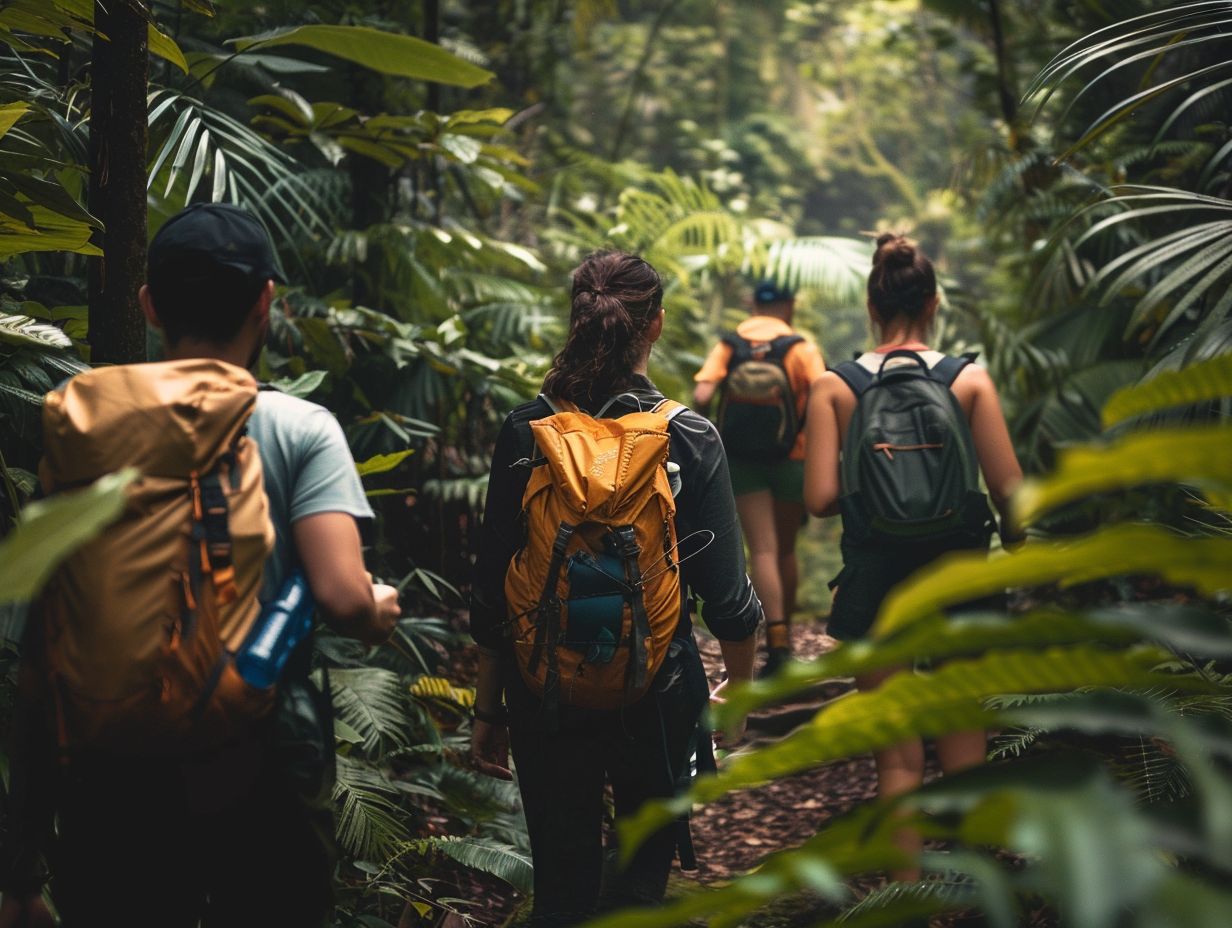
Ecofriendly Hiking Tips For Sustainable Adventures
Are you an outdoor enthusiast looking to minimise your impact on the environment while enjoying the great outdoors? Eco-friendly hiking is the perfect solution! We
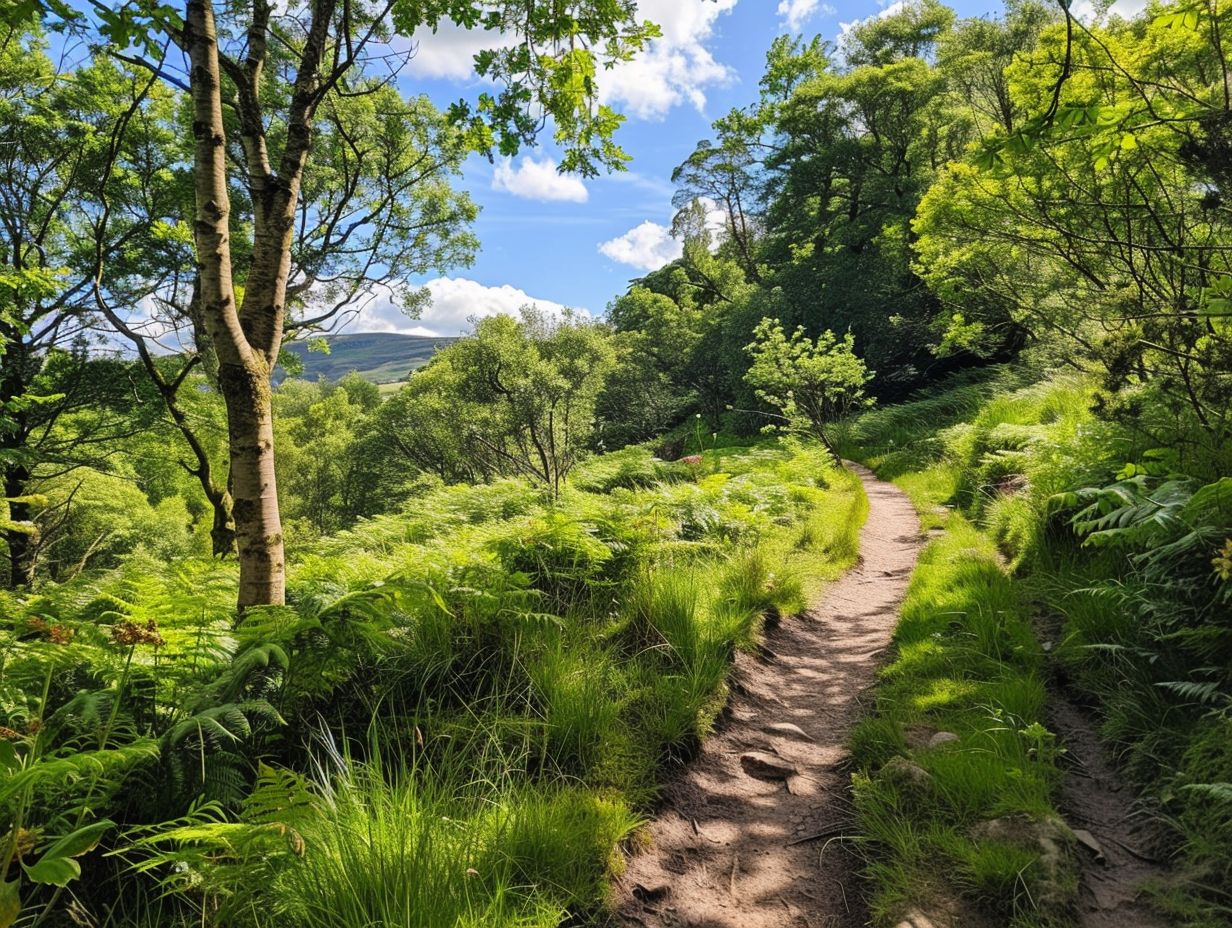
The Best Hiking Trails For Experiencing UK Wildlife
When exploring the picturesque hiking trails of the UK, you can expect to encounter a diverse array of wildlife. From majestic birds soaring overhead to
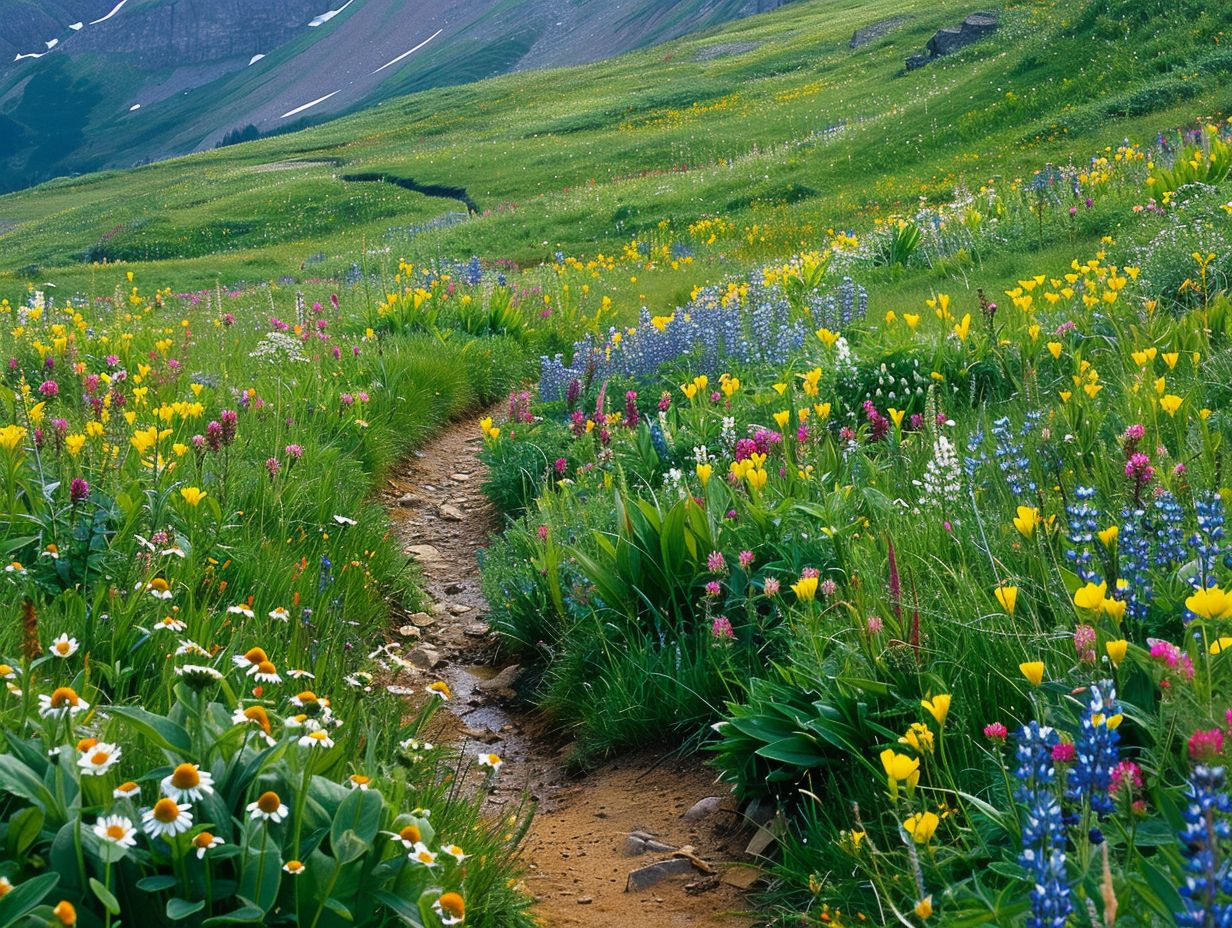
Wildflower Walks The Best Trails For Nature Lovers
Are you a nature lover looking to embark on a wildflower walk? Explore the best trails for wildflower walks, including [Trail Name 1], [Trail Name


